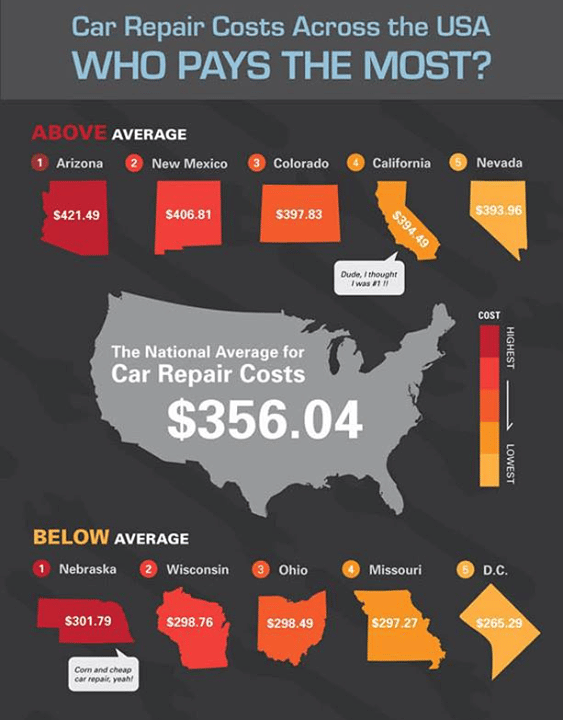Understanding The Definition Behind Your Car'S Warning Lighting: An In-Depth Look
Understanding The Definition Behind Your Car'S Warning Lighting: An In-Depth Look
Blog Article
Web Content Author-Boye Forbes
When you're behind the wheel, those glowing caution lights on your dashboard can be a bit difficult. Do you know what they're trying to tell you about your automobile's health and wellness? Recognizing the relevance of these lights is crucial for your security and the long life of your automobile. So, the next time among those lights appears, would not you intend to decipher its message accurately and take the required steps to address it?
Common Caution Lights and Interpretations
Recognize common warning lights in your auto and understand their significances to make sure risk-free driving.
The most normal warning lights include the check engine light, which indicates problems with the engine or discharges system. If this light comes on, it's important to have your car checked promptly.
The oil pressure warning light indicates reduced oil stress, needing prompt attention to stop engine damages.
A flashing battery light could suggest a faulty charging system, possibly leaving you stranded if not addressed.
https://audioilchange72716.blogpixi.com/30541789/gain-knowledge-in-discovering-the-ideal-car-service-center-with-these-ten-useful-ideas (TPMS) light signals you to low tire stress, impacting vehicle stability and fuel efficiency. Overlooking this can lead to dangerous driving conditions.
The abdominal muscle light indicates an issue with the anti-lock braking system, jeopardizing your capacity to quit swiftly in emergencies.
Finally, visit this site right here warning light warns of engine overheating, which can lead to serious damage if not dealt with quickly.
Comprehending these usual caution lights will certainly aid you address issues quickly and maintain risk-free driving problems.
Relevance of Prompt Attention
Recognizing the common caution lights in your vehicle is just the very first step; the significance of quickly resolving these warnings can not be highlighted sufficient to ensure your security on the road.
When a warning light illuminates on your dashboard, it's your automobile's way of communicating a potential concern that requires interest. Neglecting these cautions can cause a lot more serious problems in the future, compromising your safety and security and possibly costing you more out of commission.
Prompt focus to alerting lights can stop malfunctions and mishaps. For instance, a flashing check engine light might show a misfire that, if left neglected, could cause damages to the catalytic converter. Addressing this without delay can conserve you from a costly fixing.
Similarly, a brake system warning light could signify reduced brake liquid or used brake pads, vital components for your security when driving.
Do It Yourself Troubleshooting Tips
If you notice a warning light on your dashboard, there are a few do it yourself repairing suggestions you can try before looking for professional help.
The primary step is to consult your automobile's manual to recognize what the certain warning light suggests. Sometimes the concern can be as simple as a loosened gas cap setting off the check engine light. Tightening the gas cap may fix the issue.
One more typical issue is a low battery, which can set off different advising lights. Inspecting the battery connections for rust and ensuring they're safe might repair the issue.
If a warning light continues, you can attempt resetting it by separating the car's battery for a few minutes and afterwards reconnecting it. Furthermore, checking your car's liquid degrees, such as oil, coolant, and brake liquid, can assist troubleshoot warning lights associated with these systems.
Conclusion
To conclude, understanding your cars and truck's warning lights is crucial for keeping your vehicle running smoothly and securely. By quickly attending to these notifies and recognizing what they suggest, you can avoid costly repair work and possible failures.
Remember to consult your automobile's guidebook for certain details on each cautioning light and take action accordingly to make sure a trouble-free driving experience.
Remain notified, stay risk-free on the road!
